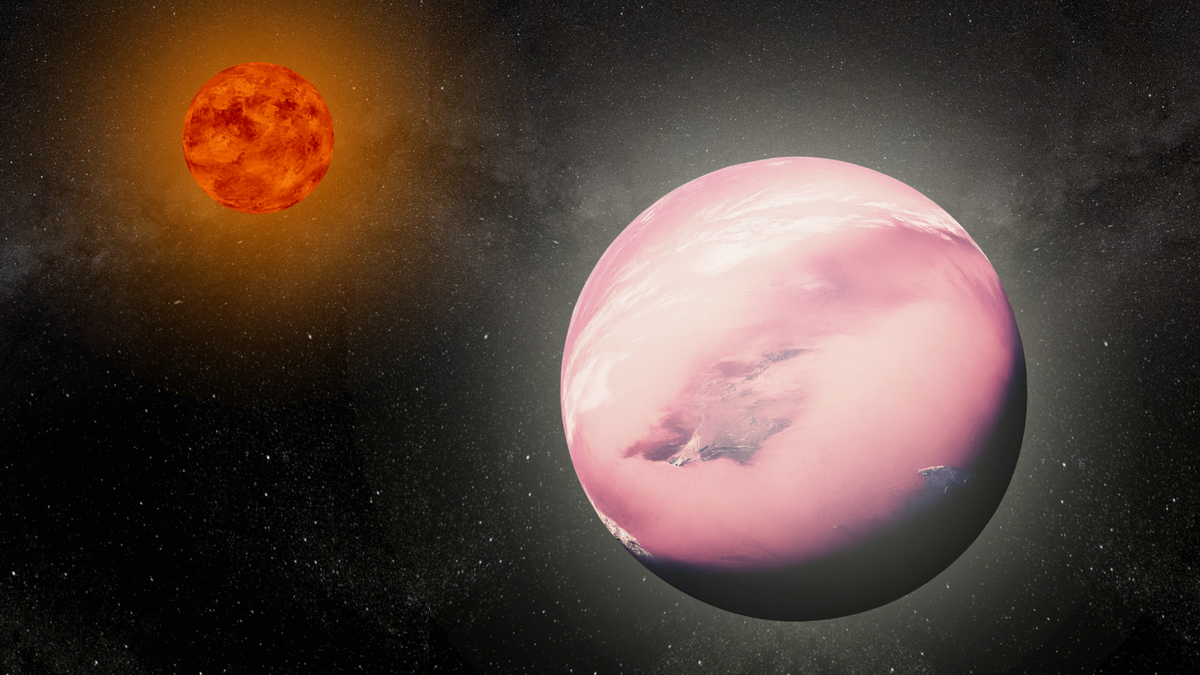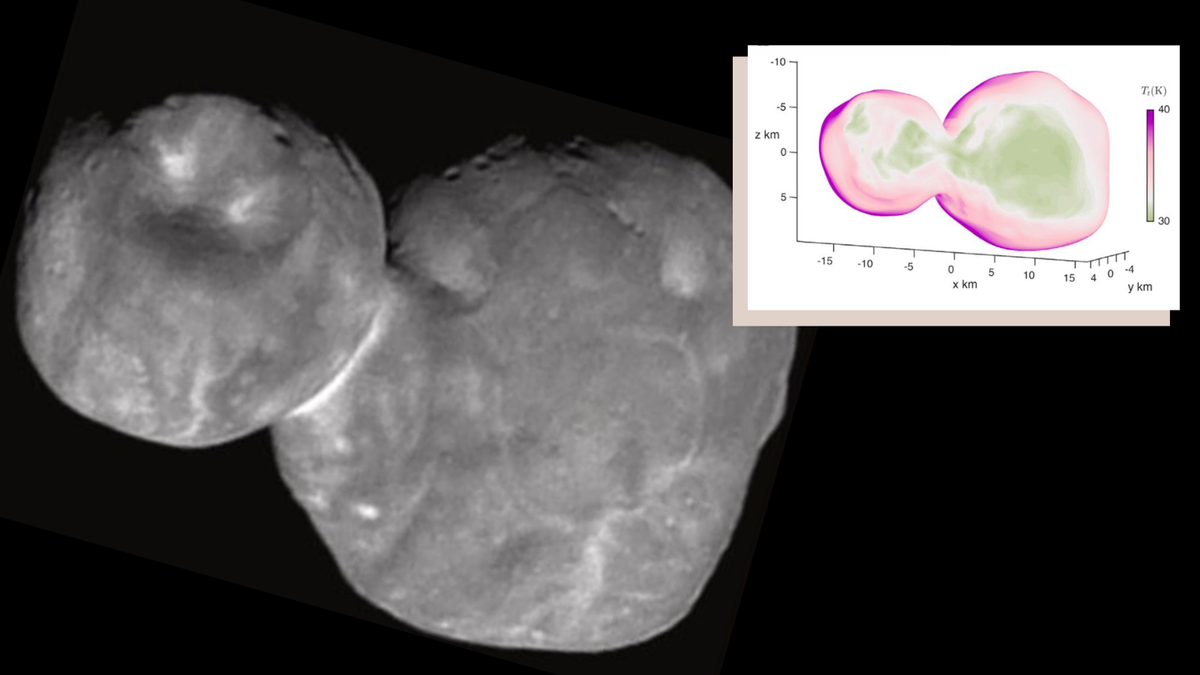Discovery of Fluffy Exoplanet WASP-193 b
A recent astronomical finding has unveiled a new planetary enigma that expands our knowledge of celestial bodies beyond our solar system. Known as WASP-193 b, this extrasolar planet is a remarkable oddity in terms of its physical characteristics. Despite being approximately 1.5 times larger than Jupiter, it possesses just over a tenth of the mass of this familiar gas giant, making it one of the lightest planets in the extensive exoplanet catalog that encompasses more than 5,400 entries.
Unique Properties and Location
Located about 1,200 light-years away from Earth, WASP-193 b pursues an orbit around its sun-like star, WASP-193, at a distance of roughly 6.3 million miles, which is equivalent to 0.07 times the Earth-sun distance. Consequently, this celestial body completes a full orbit in merely 6.2 Earth days, hinting at its swift movement within its stellar system.
Scientific Significance
The unanticipated discovery of WASP-193 b contributes to the diverse array of exoplanets and has the potential to redefine existing planetary formation models. This revelation has sparked excitement among researchers as they aim to unravel the mysteries that surround this enigmatic “fluffy” world.
The team behind this groundbreaking discovery employed the revolutionary Wide Angle Search for Planets (WASP) system, consisting of advanced observatories and telescope arrays in both the northern and southern hemispheres, to locate and study this unique gas giant planet. By monitoring subtle fluctuations in starlight caused by the transit of WASP-193 b, researchers were able to ascertain its considerable size relative to Jupiter and determine its orbital period.
Challenges and Anomalies
One of the main challenges encountered in the study of WASP-193 b was the planet’s minuscule mass and low density, rendering traditional detection methods inadequate. The “radial velocity” technique, which relies on observing gravitational interactions between a planet and its star, proved to be ineffective due to the planet’s exceedingly low density.
Furthermore, the team faced difficulties aligning WASP-193 b with existing planet formation theories, as its peculiar properties deviated significantly from established models. The planet’s extremely low density, comparable to that of cotton candy, perplexed researchers and called into question current understandings of planetary evolution.
Future Prospects and Research Directions
To shed light on the origins and composition of WASP-193 b, the team plans to conduct in-depth studies of its atmosphere. By utilizing innovative techniques developed by team members, researchers hope to glean valuable insights into the planet’s atmospheric characteristics and uncover the secrets behind its unusual nature.
The prospect of using the James Webb Space Telescope (JWST) to investigate WASP-193 b further excites the scientific community, as this advanced instrument could provide invaluable data on the planet’s atmospheric properties and aid in resolving the mysteries surrounding “puffy Jupiters” like WASP-193 b.
The team’s findings, published in the esteemed journal Nature Astronomy, mark a significant leap forward in our understanding of exoplanetary systems and underscore the limitless wonders awaiting discovery in the vast cosmos.
Image/Photo credit: source url





